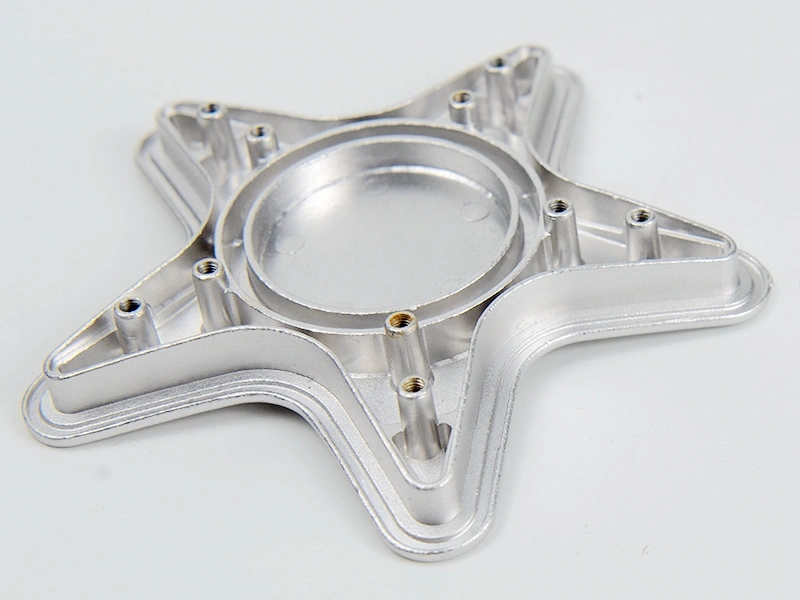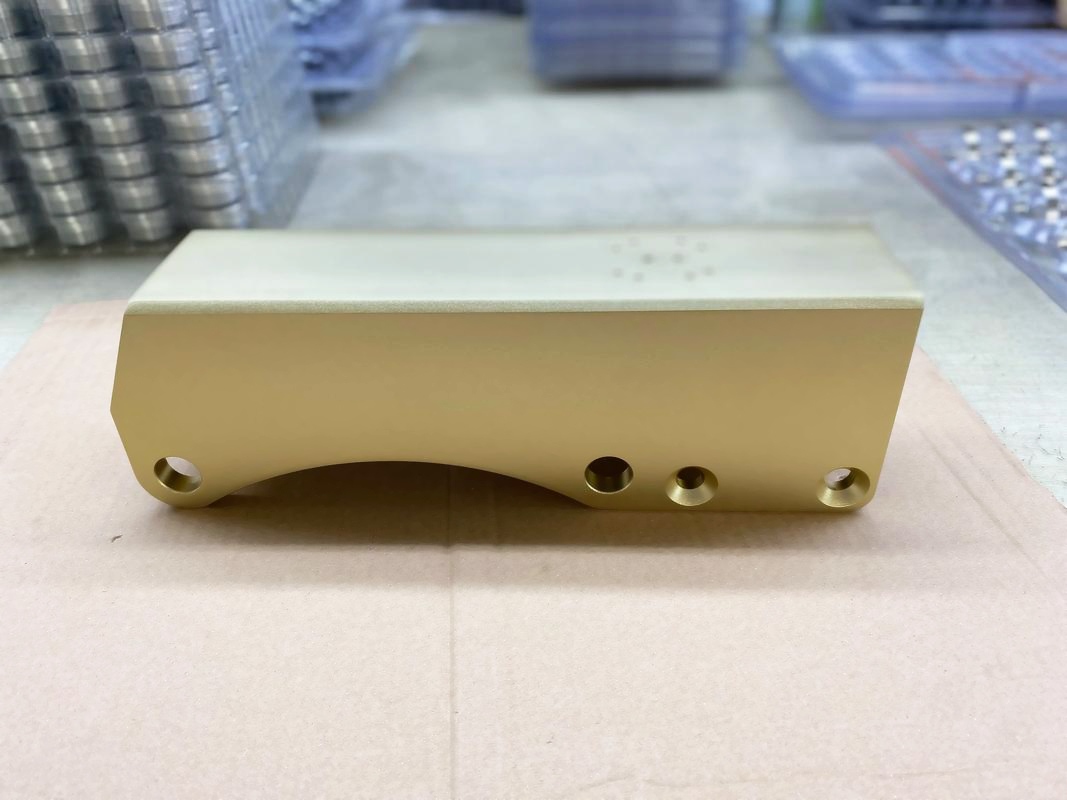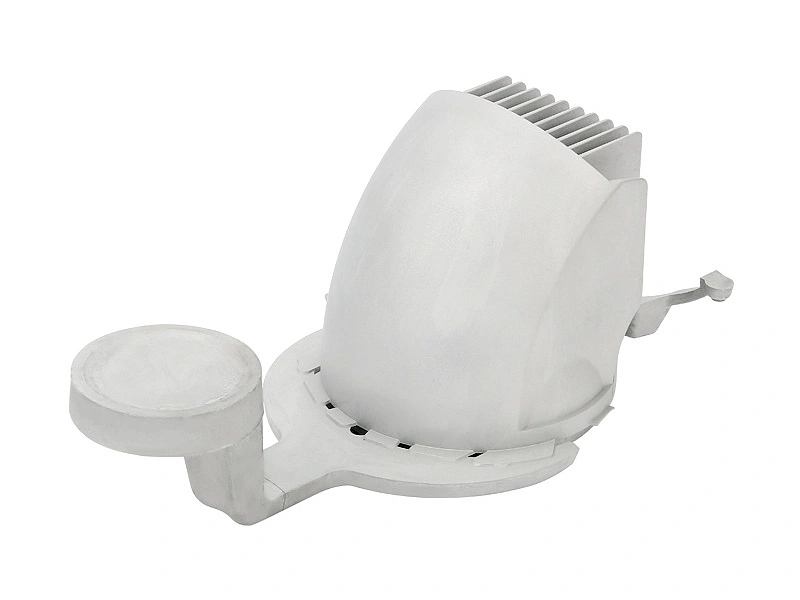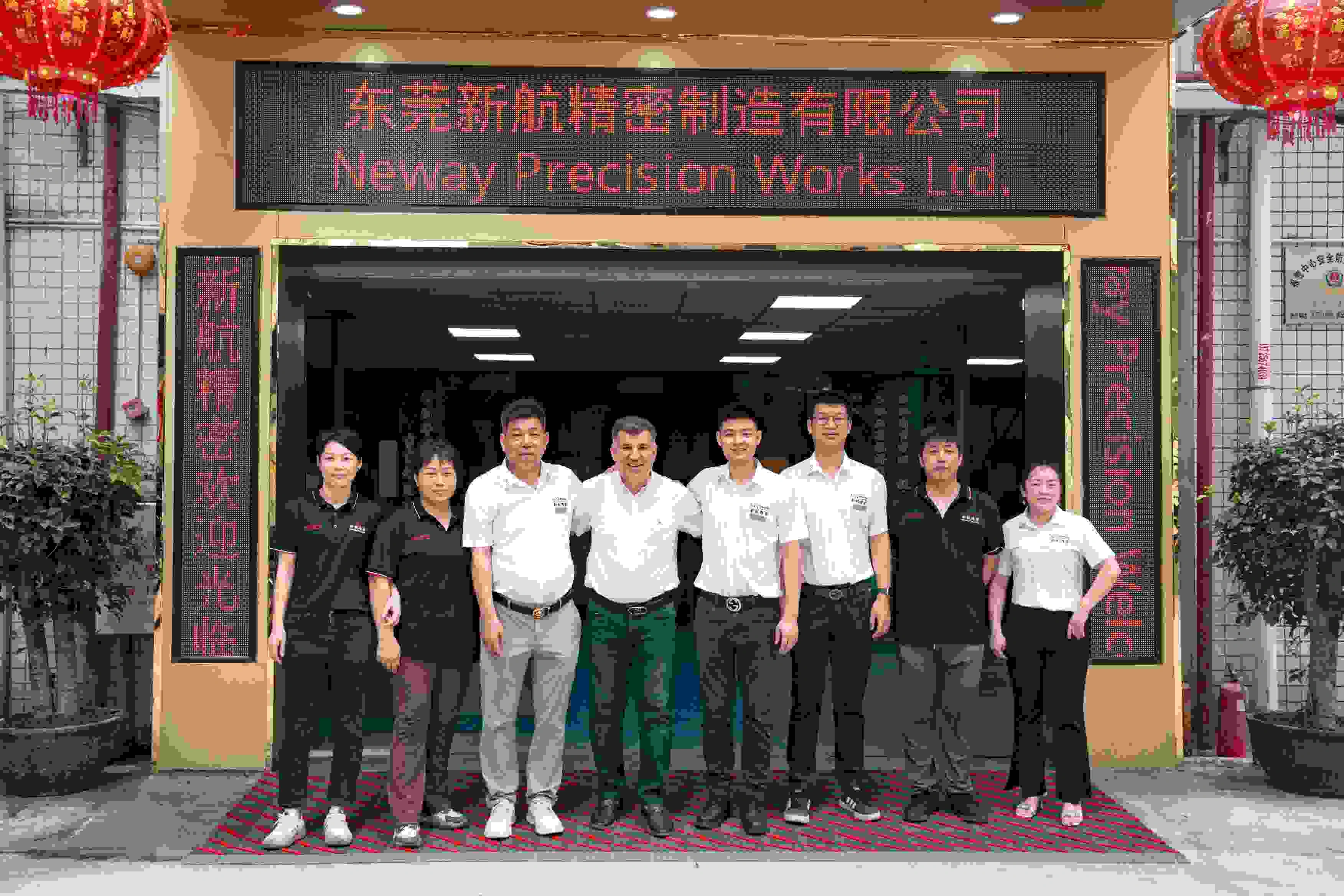What is the minimum fin thickness achievable via die casting?
Minimum Fin Thickness Achievable in Die Casting
Overview of Fin Design in Die Cast Components
In thermal and structural components such as heat sinks, housings, or enclosures, fin thickness plays a crucial role in maximizing surface area for heat dissipation. Die casting offers significant design freedom, but the minimum fin thickness is limited by alloy fluidity, mold design, and casting parameters.
Standard Minimum Fin Thickness in Die Casting
For conventional aluminum die casting using alloys like A380 or ADC12, the minimum recommended fin thickness is approximately 1.0 mm (0.039 inch). With optimized tooling and high-pressure die casting techniques, fins as thin as 0.75 mm can be achieved, but this depends on:
Alloy fluidity (e.g., A360 offers better flow than A380)
Die temperature control
Venting and gate design
Component size and fin height-to-thickness ratio (preferably under 15:1 for reliable fill)
Comparison of Achievable Fin Thickness by Alloy
Alloy Type | Typical Min. Fin Thickness | Notes |
|---|---|---|
1.0 mm | Industry standard for general parts | |
0.75–1.0 mm | Improved fluidity enables thinner walls | |
0.85 mm | Good castability with excellent detail | |
0.65 mm | Zinc alloys allow finer detail resolution |
Die casting is particularly efficient for high-volume production of parts with multiple fins or densely packed thermal features, provided proper tool and die design is implemented to prevent incomplete fill or warping.
Optimizing Thin Fin Casting
To achieve the thinnest possible fins, Neway recommends a full DFM evaluation via our design service, coupled with advanced engineering support to balance fill pressure, venting, and gate layout. We also utilize precision CNC post-machining to achieve tight dimensional control where necessary.
Full-Service Die Casting Support for Thermal Components
Neway supports customers in designing and producing complex components with thin fins through our complete aluminum die casting solutions, advanced tooling services, and surface enhancements like anodizing to increase thermal emissivity.



